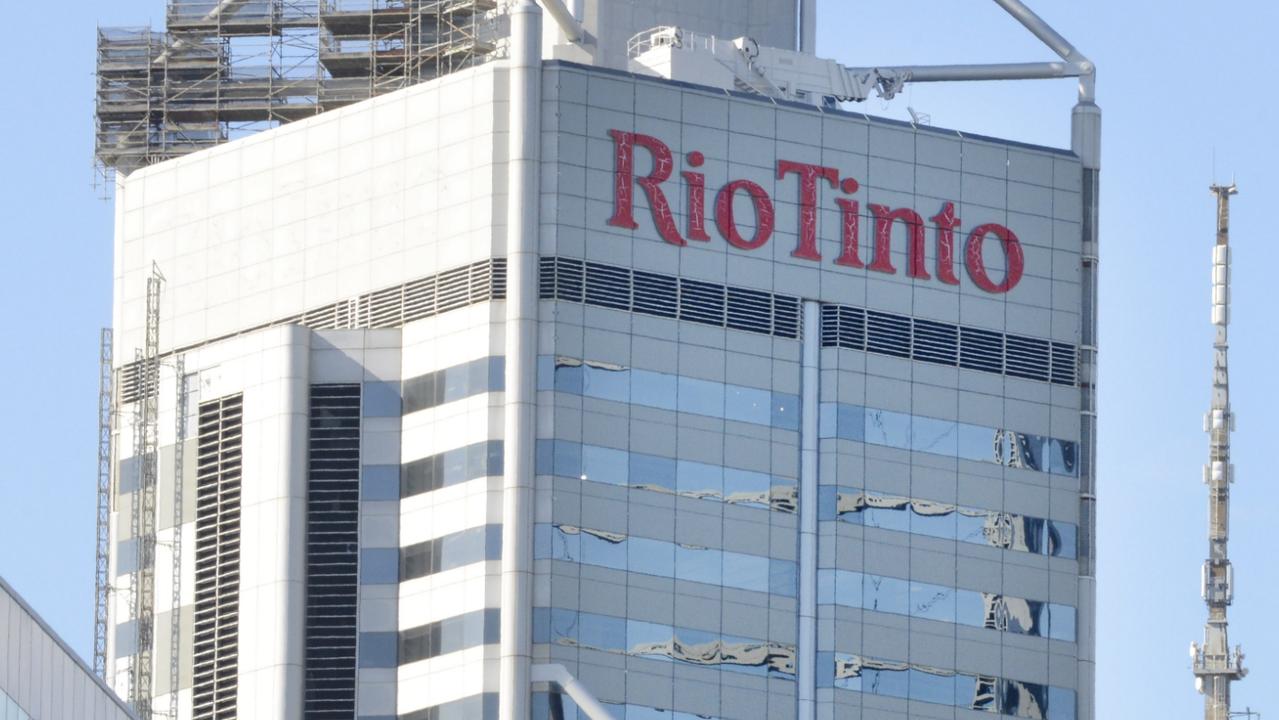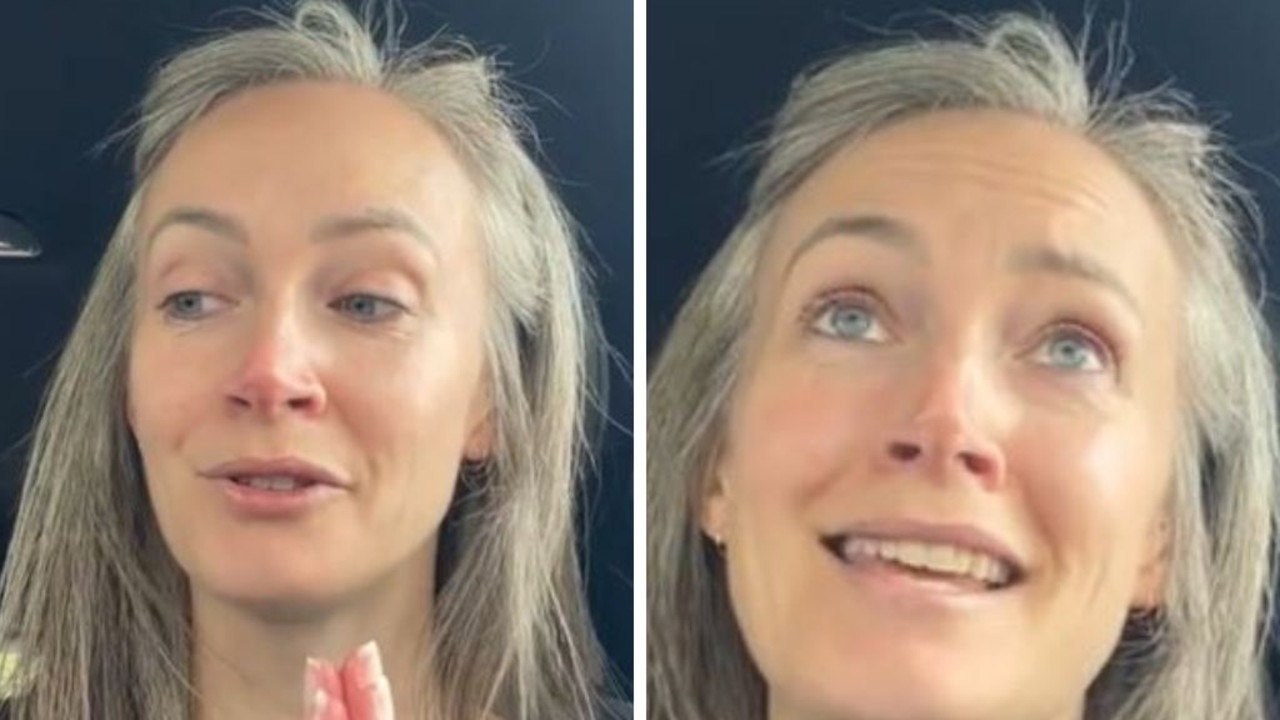Unemployment rate rises to 3.7pc despite bumper 55k jobs
Despite a bumper 55,000 jobs added to the economy in September, the unemployment rate rose following a jump in the participation rate.

Work
Don't miss out on the headlines from Work. Followed categories will be added to My News.
The jobless rate rose in October despite the economy adding a bumper 55,000 new jobs, doubling economists’ forecasts.
The unemployment rate returned to 3.7 per cent last month, up from 3.6 per cent in September, according to seasonally adjusted jobs figures released by the Australian Bureau of Statistics on Thursday.
The increase was due to an uptick in the participation rate – a measurement of the proportion of the working-aged population who are working or looking for work – which rebounded to a record high of 67 per cent, up from 66.8 per cent.
The proportion of workers who were looking for additional hours, measured by the underemployment rate, also held steady at 6.3 per cent.
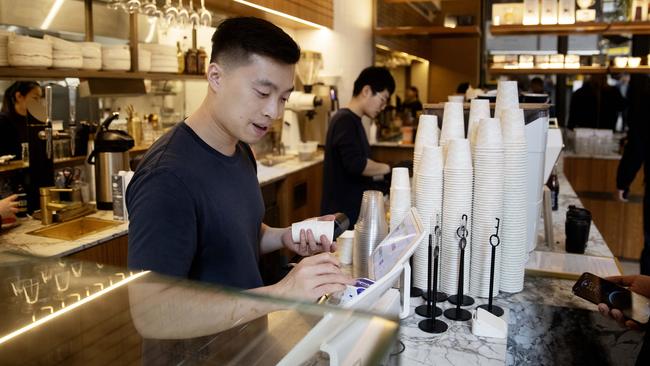
NAB head of market economics Tapas Strickland said given the data was expected by the Reserve Bank, a hike at its December 5 meeting was unlikely, however an increase in February next year could still be expected.
“There is little chance of the RBA hiking as soon as December given the mild tightening bias, and the fact that both the [wage figures] and today’s labour market data printed in line with their November forecast track,” he said.
While not pricing in a February rate hike, UBS chief economist George Tharenou said the RBA could raise rates if “forced” by the data.
“There is a risk of an additional rate hike of 25 basis point rate hike in February 2024, particularly if [...] the labour market remains resilient,” he said.
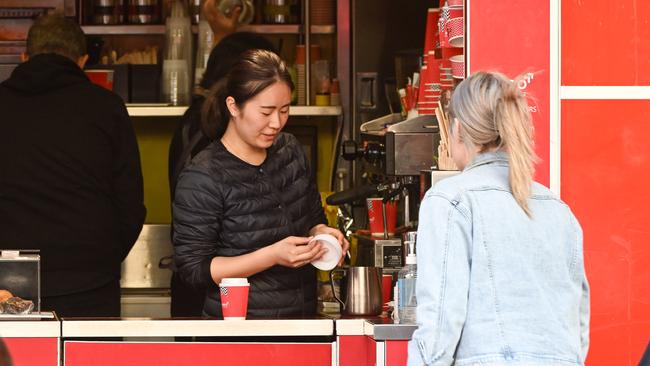
‘Pockets of cooling’ in jobs market
ABS head of labour statistics Bjorn Jarvis said “the large increase in employment in October followed a small increase in September of around 8000 people”.
“Looking over the past two months, these increases equate to average employment growth of around 31,000 people a month, which is slightly lower than the average growth of 35,000 people a month since October 2022,” Mr Jarvis said.
Commonwealth Bank economists said the smaller rise in hours worked coupled with the increase in part-time work was indicative of “pockets of cooling” in the labour force.
“The 1.7 per cent annual lift in hours worked compares with the 3 per cent annual increase in employment,” CBA economist Stephen Wu said.
“The stronger pace of jobs growth lines up with the relative strength in part‑time jobs and also the faster pick‑up in underemployment.”
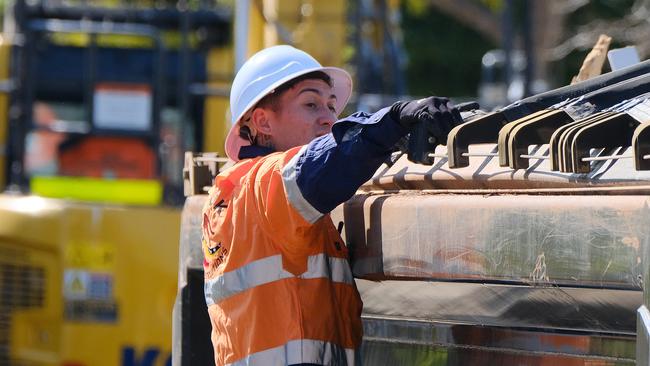
Separately, youth unemployment, a leading indicator of future outlook in labour force rose to 9.2 per cent, up from 8 per cent, the worst result for 15-24 age cohort since December 2021.
In recent communications, the Reserve Bank has noted that the jobs market has reached a “turning point”, as the supply of workers has increased while demand has moderated.
As a result of its aggressive run of interest rate increases, which have risen by 425 basis points since May last year, the central bank expects the economy will slow, pushing the unemployment rate to 3.8 per cent by the end of 2023, rising to 4.2 per cent by the end of 2024.
“Conditions in the labour market have eased but they remain tight,” RBA governor Michele Bullock said in a statement accompanying the board’s rates decision earlier this month.
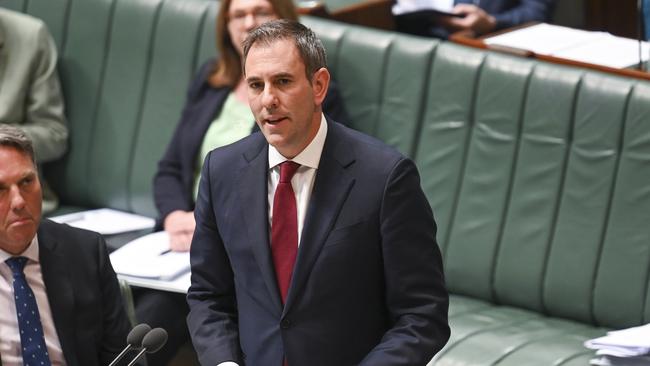
Some economists noted that the recent Voice referendum, which necessitated the short-term employment of thousands of poll workers, “clouded” the October numbers.
“Job creation was boosted by temporary employment from the Voice referendum, the impact of which will unwind in the next report,” RBC Capital Markets chief economist Su-Lin Ong said in a note to clients.
Speaking in question time, Treasurer Jim Chalmers lauded the fresh jobs figures.
“More jobs have been created under this government than any other first-term government in history and we are only halfway through our term,” Dr Chalmer said.
But shadow treasurer Angus Taylor claimed the government had inherited a strong jobs market from the Coalition when Labor formed government in May 2022 when the unemployment rate was 3.7 per cent.
The fresh jobs data follows the release of new wages growth figures that revealed pay packets rose by a blistering 4 per cent in the year to September – the highest rate since 2009.
Originally published as Unemployment rate rises to 3.7pc despite bumper 55k jobs

